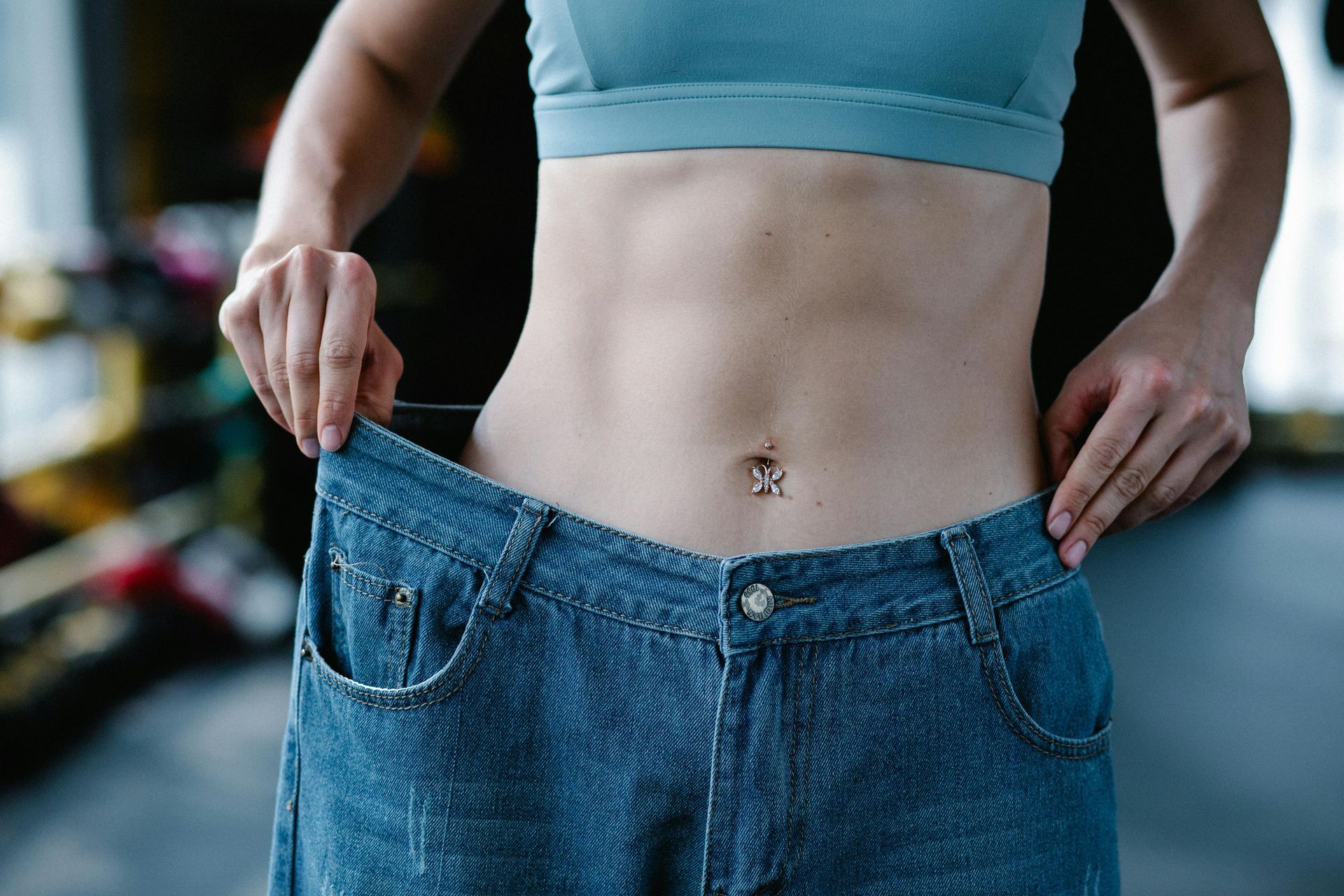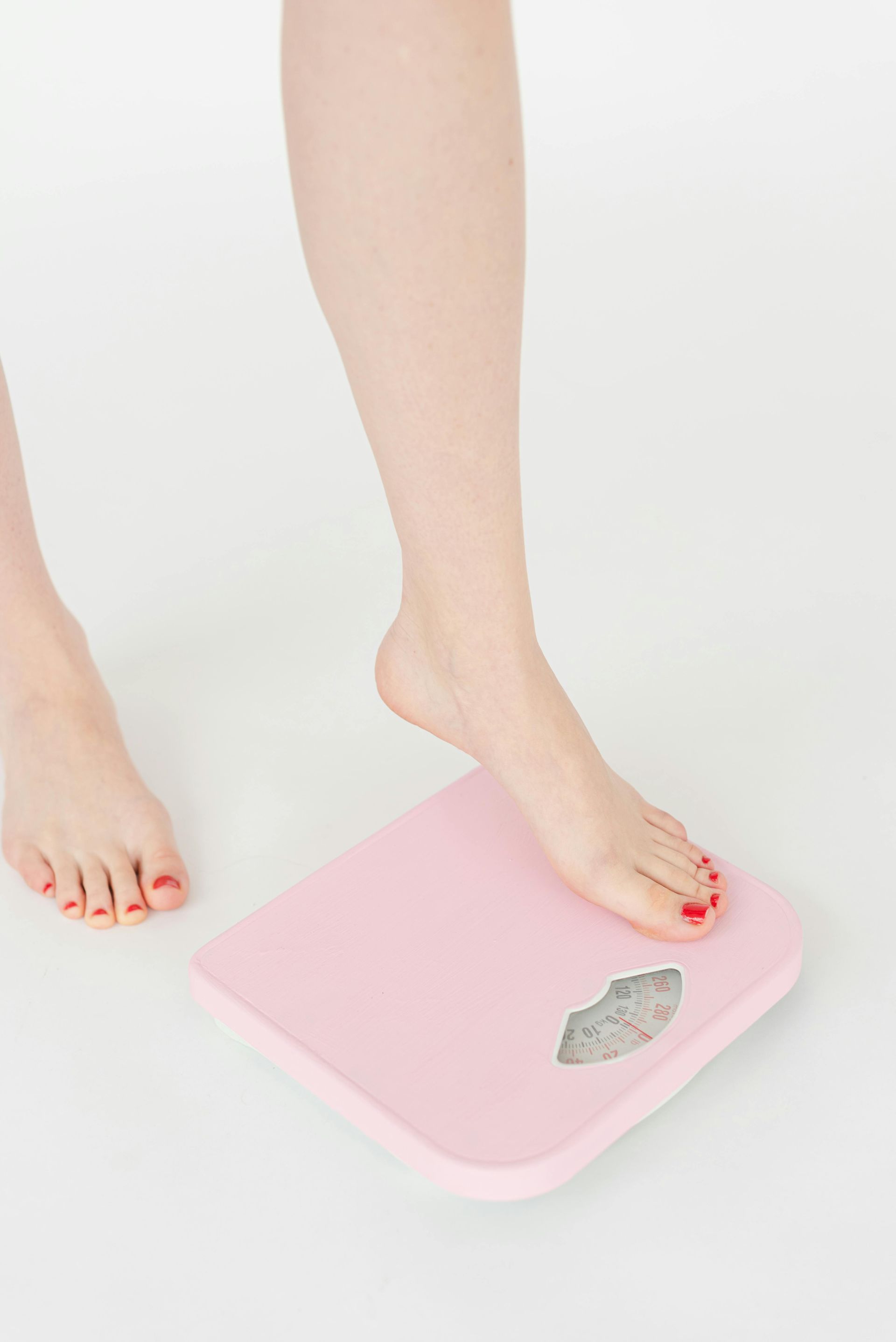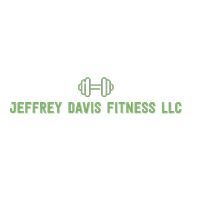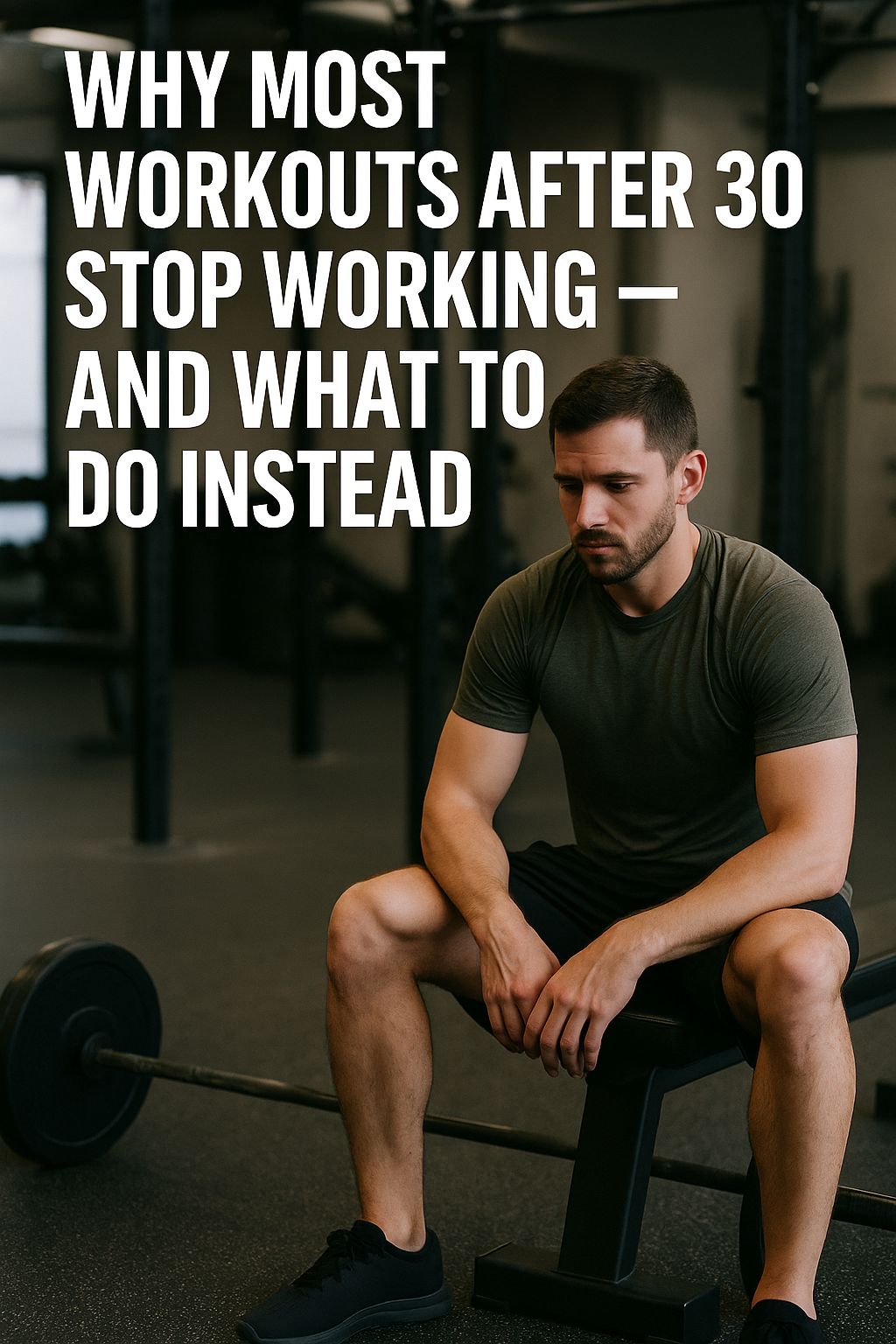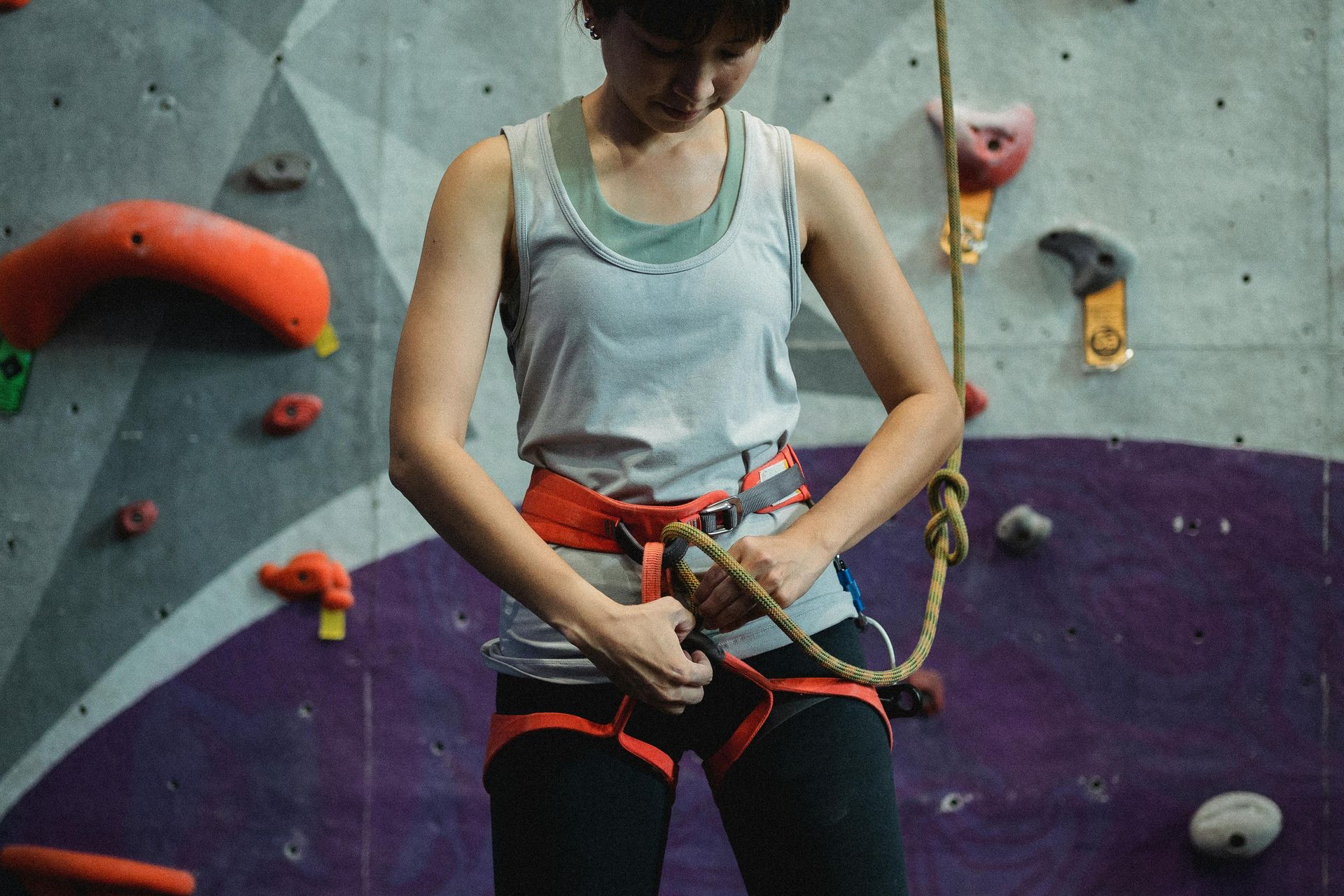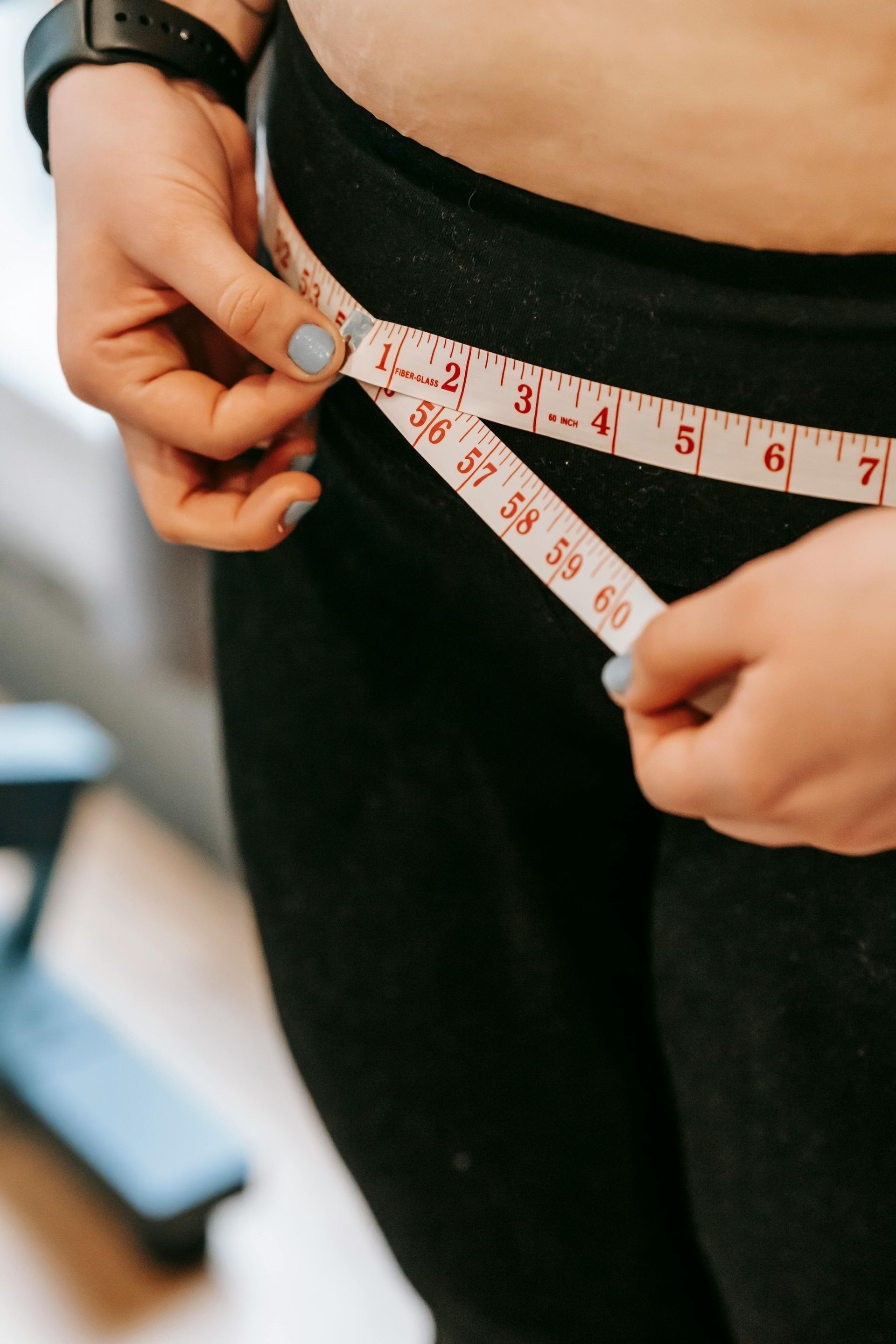Building a Balanced Fitness Routine: The Three Pillars of Exercise
We all know exercise is good for us. But when it comes to creating a workout routine, many of us fall into the trap of focusing on just one type of exercise. Maybe you're a cardio fanatic who loves pounding the pavement, or perhaps you're a weightlifting warrior determined to build muscle. While these activities are fantastic, a truly well-rounded fitness routine incorporates a variety of exercise types. Here's why a balanced approach is key to unlocking your full fitness potential.
The Three Pillars of Exercise:
Imagine your fitness routine as a sturdy three-legged stool. Each leg represents a crucial type of exercise:
- Cardio (Aerobic Exercise): Cardio gets your heart pumping and improves your cardiovascular health. Activities like running, swimming, dancing, or brisk walking all fall under this category.
- Strength Training: This exercise focuses on building muscle strength and endurance. Lifting weights, using resistance bands, or bodyweight exercises like squats and lunges are all great ways to build strength.
- Flexibility: Flexibility exercises improve your range of motion and keep your joints limber. Stretching, yoga, and Pilates are excellent ways to enhance flexibility.
Why Balance Matters:
Just like a three-legged stool can't stand on two legs, a fitness routine focused solely on cardio or strength training won't give you the well-rounded benefits of exercise. Here's how each type contributes to your overall fitness:
- Cardio: Strengthens your heart and lungs, boosts your metabolism, and improves circulation.
- Strength Training: Builds muscle mass, which helps burn more calories at rest, improves bone density, and reduces your risk of injury.
- Flexibility: Improves your range of motion, reduces muscle soreness, and helps maintain good posture.
Building Your Balanced Routine:
So, how do you create a balanced routine that incorporates all three pillars? Here are some tips:
- Aim for variety: Alternate between cardio, strength training, and flexibility exercises throughout the week. This will keep your workouts interesting and prevent plateaus.
- Focus on consistency: It's better to get some movement most days of the week than to cram all your exercise into a few intense sessions.
- Start slow and progress gradually: Don't try to do too much too soon. Start with lighter weights, shorter distances, and hold stretches for a manageable amount of time. You can gradually increase the intensity and duration of your workouts as your fitness improves.
Remember: There's no one-size-fits-all approach to fitness. The best routine is the one you enjoy and can stick with consistently. Find activities you find fun, listen to your body, and don't be afraid to experiment until you find a balanced approach that works for you.
